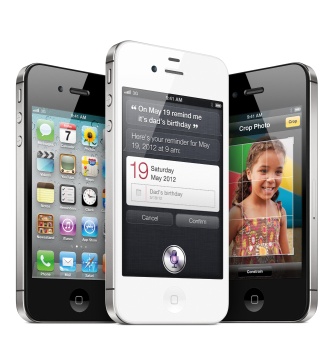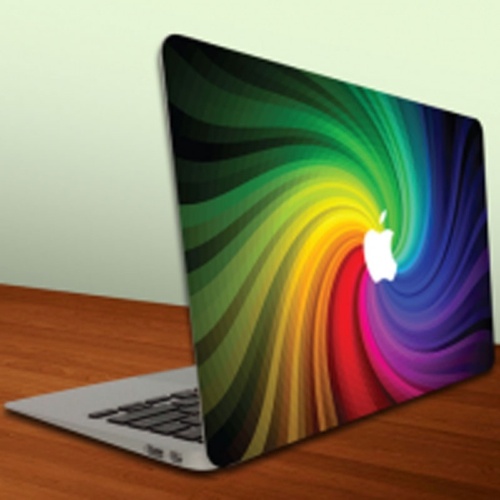If the next gen iPhone is 4G LTE-enabled, it will arrive at the perfect time. LTE smartphones will top 65 million units in 2012, led by the anticipated LTE-enabled “iPhone 5” (though I bet it will be simply called “the new iPhone”) and Samsung’s LTE smartphones, according to ABI Research (http://www.abiresearch.com).
“Mobile wireless royalties for GSM, WCDMA, and LTE smartphones were just under $20 billion in 2011 but the increase to 65 million LTE smartphones will help push the 2012 royalty total higher,” states research director Philip Solis. “Even though LTE handsets will only total 4% of the total handsets shipped in 2012, total royalty rates will be 14% higher.”
Although some 2G royalties are expiring, the growing base of 3G handsets and acceleration of LTE handsets — with combined, but not quite additive, royalties for 2G, 3G, and 4G patents — will keep total mobile wireless royalties growing, he adds. Over the last several years, annual handset shipments have gone from hundreds of millions to more than a billion, while the market has shifted toward 3G handsets.
Companies like Motorola have been in a good position in recent years with strong patent portfolios for GSM and WCDMA, but that power will shift over the next five years to those with strong 4G positions, including Samsung and Panasonic, per ABI Research.
“Samsung’s strength in LTE patents will suit it well as one of the strongest LTE handset vendors,” says Solis. “Companies like Ericsson, Nokia, InterDigital, and Qualcomm will retain their patent position as the market shifts.”
The rising participation of Chinese companies in patent filing and participation in standardization is also a notable trend. Huawei and ZTE, among other Chinese companies, are very cognizant of the importance of 4G patents. Chinese companies, as well Japanese and South Korean companies, will shift some of the patent power from Europe and the US to the Asia-Pacific, according to ABI Research.
(4G LTE, is a standard for wireless communication of high-speed data for mobile phones and data terminals. It’s based on the GSM/EDGE and UMTS/HSPA network technologies, increasing the capacity and speed using new modulation techniques.)
— Dennis Sellers





